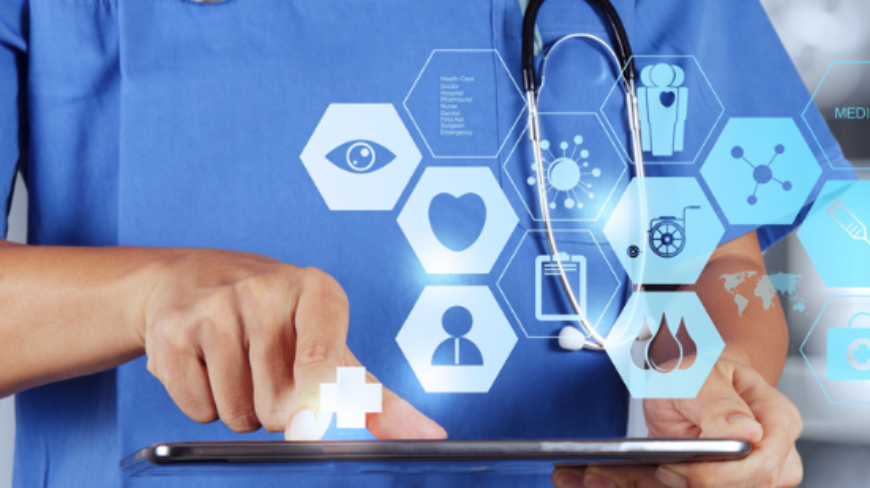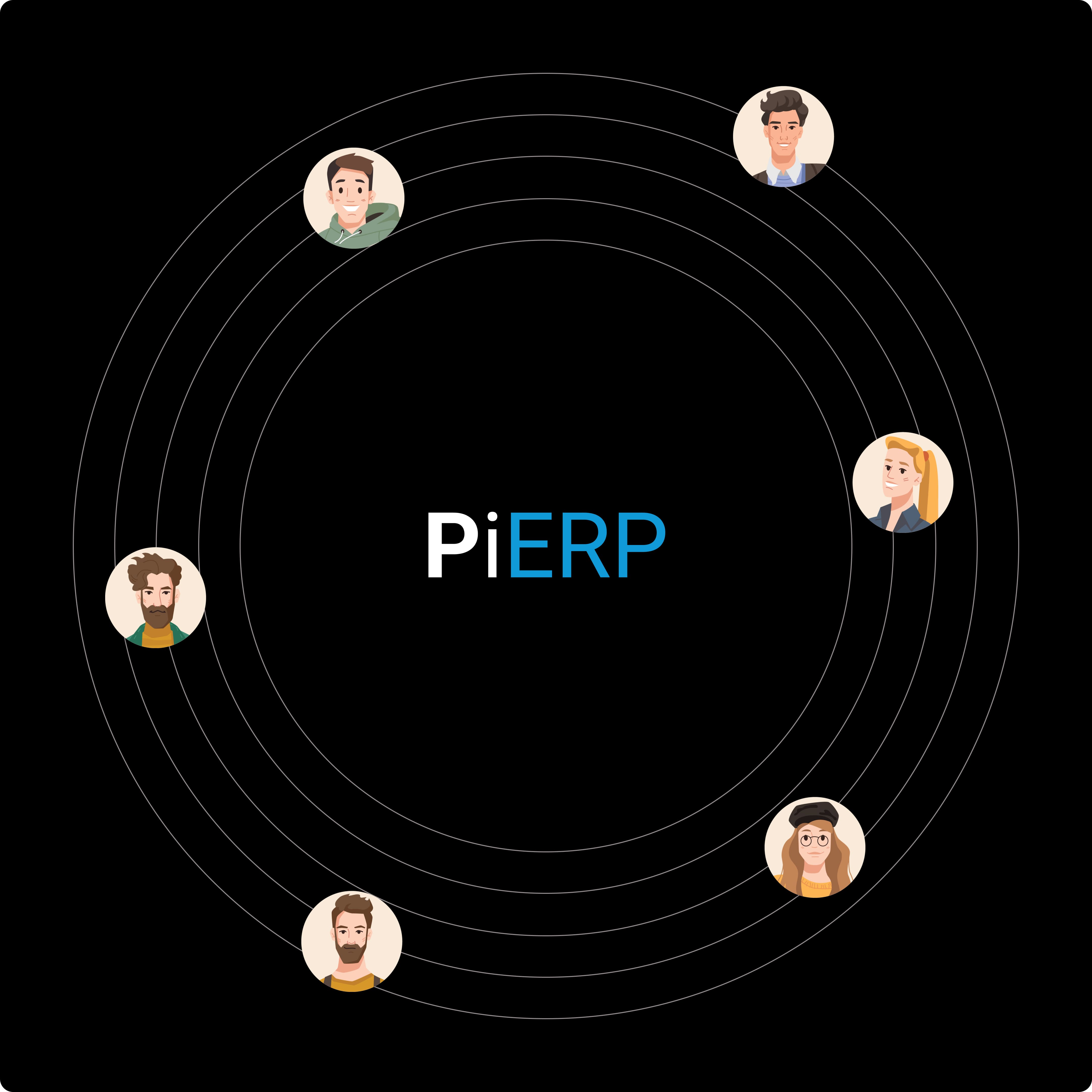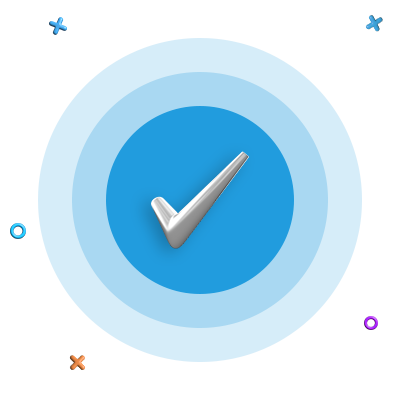Maintaining patient records up-to-date, scheduling appointments, ordering supplies, and handling finances are some of the crucial tasks involved in running hospitals and clinics today. All of these tasks are managed smoothly by hospitals using enterprise resource planning systems. The advanced software tools are designed to improve operations and make everything work better.
ERP for healthcare arranges patient data in a way that makes it accessible to healthcare professionals. Hospitals can manage their budgets more effectively with them by keeping track of what supplies they need. Doing these things will allow healthcare providers to focus on what matters most.
ERP in Healthcare Industry:
In the healthcare industry, ERP for healthcare industry serves as vital digital assistants, offering numerous benefits for healthcare operations. These systems bring together patient information, appointment scheduling, billing, and handling supplies.
For example, imagine you visit a hospital. The ERP system ensures that your medical records are easily accessible to doctors and nurses, helping them provide better and faster care. It also helps in organizing appointments, ensuring that you get seen on time. Behind the scenes, it manages the hospital's inventory of medicines and medical equipment, making sure there's always enough stock.
Moreover, ERP systems in healthcare ensure that all this information is secure and meets strict privacy regulations. By streamlining operations and improving communication between different departments, ERPs make healthcare delivery more efficient and patient-friendly. They play a crucial role in helping healthcare providers focus more on patient care and less on administrative tasks.
Key Features Needed in ERP in the Healthcare Industry
The ERP system for hospitals acts like the central nervous system of a healthcare organization, coordinating and managing all its various parts. For hospitals, clinics, and other healthcare facilities, an ERP can streamline operations, enhance patient care, and reduce costs. Let's explore the essential features an ERP should have in the healthcare industry.
Patient Management:
- Electronic Health Records (EHR):Centralized digital records of patient health information, including medical history, diagnoses, medications, allergies, and test results.
- Appointment Scheduling:Tools for scheduling patient appointments with healthcare providers, ensuring efficient use of time and resources.
- Patient Portal:Online platform that allows patients to access their health records, schedule appointments, communicate with healthcare providers, and sometimes manage payments.
Clinical Management:
- Clinical Decision Support:Software tools that provide healthcare professionals with evidence-based information and recommendations to assist in clinical decision-making.
- Order Management:System for electronically managing and processing orders for medical tests, medications, treatments, and other clinical services.
- Nursing and Care Management:Tools and workflows that support nurses and other caregivers in planning, documenting, and coordinating patient care activities.
Financial Management:
- Billing and Invoicing:Automated processes for generating and managing patient bills, submitting insurance claims, and tracking payments.
- Revenue Cycle Management:Comprehensive management of financial processes related to patient care, from initial registration and billing to final payment.
- Budgeting and Financial Planning:Tools for financial analysis, forecasting, and planning to support effective financial management within healthcare organizations.
Human Resources Management:
- Staff Scheduling:Tools for creating and managing staff schedules, ensuring adequate coverage and compliance with labor regulations.
- Talent Management:Processes and tools for recruiting, hiring, training, and managing healthcare personnel.
- Compliance and Training:Ensuring staff compliance with regulatory requirements and providing ongoing training and development opportunities.
Supply Chain Management:
- Inventory Management:System for tracking and managing medical supplies, pharmaceuticals, and equipment inventories to ensure availability and minimize waste.
- Procurement:Processes and tools for purchasing medical supplies and equipment, managing vendor relationships, and ensuring cost-efficiency.
- Asset Management:Tracking and maintenance of healthcare facility assets, including equipment and infrastructure.
Analytics and Reporting:
- Business Intelligence:Tools for analyzing healthcare data to derive insights that improve operational efficiency, patient outcomes, and financial performance.
- Regulatory Reporting:Ensuring compliance with healthcare regulations through accurate and timely reporting of required data.
- Performance Metrics:Tracking and reporting key performance indicators (KPIs) to assess and improve organizational performance and patient care quality.
Security and Compliance:
- Data Security: Measures and protocols to protect patient health information and ensure confidentiality, integrity, and availability.
- Audit Trails:Logging and monitoring of system access and activities to maintain accountability and traceability of data use.
Patient Engagement:
- Telehealth:Providing remote healthcare services, including virtual consultations and remote monitoring, to enhance patient access and convenience.
- Mobile Access:Mobile applications that enable patients to interact with healthcare providers, access health information, and manage aspects of their care.
- Patient Education:Resources and tools to educate patients about their health conditions, treatments, and wellness practices.
Customizability and Scalability:
- Customizable Workflows:Flexibility to adapt system workflows and processes to meet specific organizational needs and workflows.
- Scalability:Ability of the system to expand and accommodate growth in healthcare organization size, patient volume, and operational complexity.
Communication and Collaboration:
- Internal Messaging: Secure communication channels for healthcare professionals to collaborate and exchange information within the organization.
- Collaboration Tools:Tools that support collaborative care, allowing healthcare providers to share patient information, coordinate care plans, and communicate effectively.
Emergency Management:
- Crisis Management:Preparedness and response processes to handle emergencies and critical incidents within healthcare settings.
- Emergency Notifications:System alerts and notifications to healthcare providers and staff during emergencies to ensure timely response and action.
Conclusion:
ERP software for healthcare industry plays a crucial role in modernizing healthcare operations. These features collectively enable healthcare ERP systems to streamline operations, enhance patient care delivery, improve efficiency, ensure regulatory compliance, and support informed decision-making across healthcare organizations.






